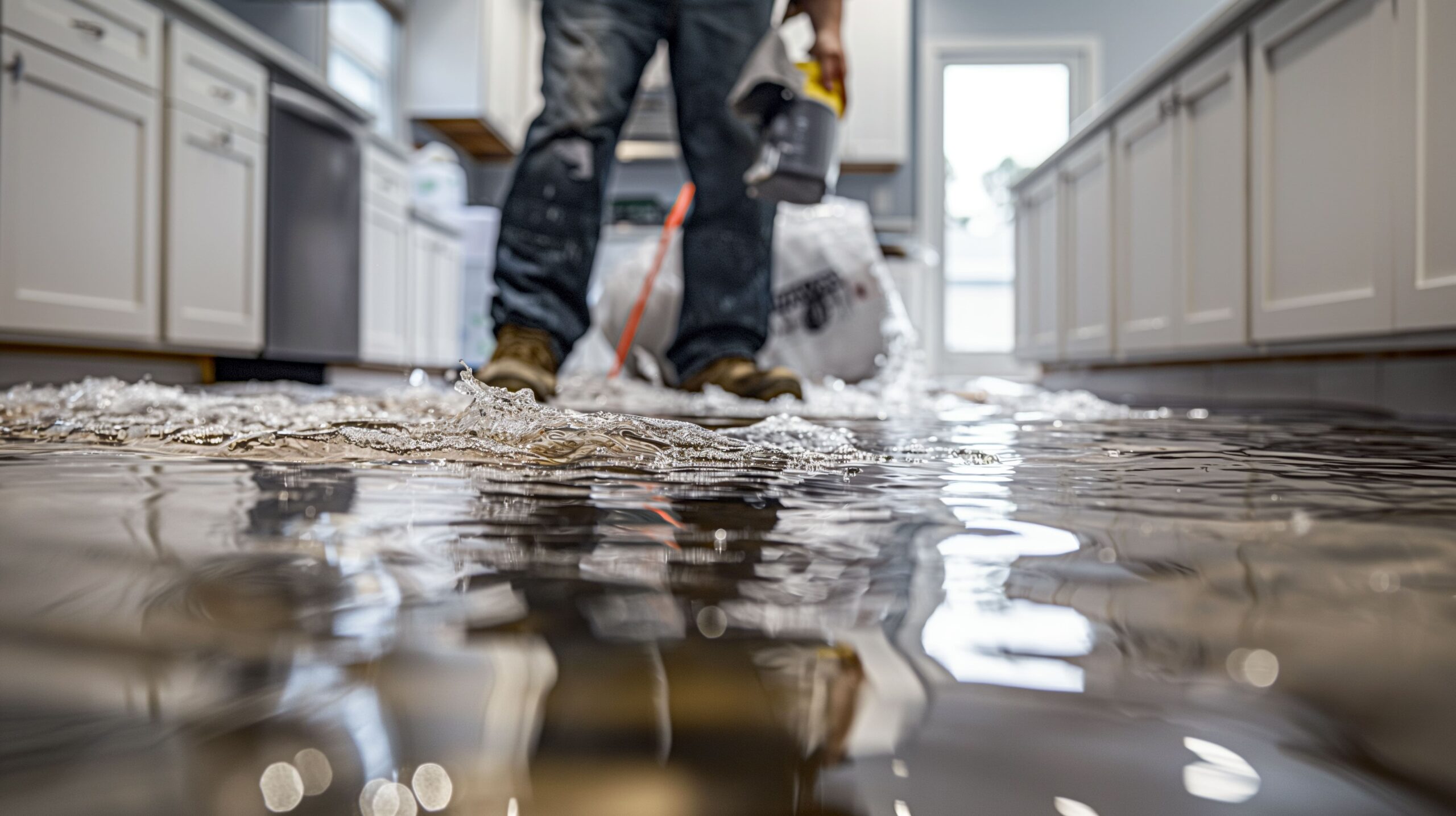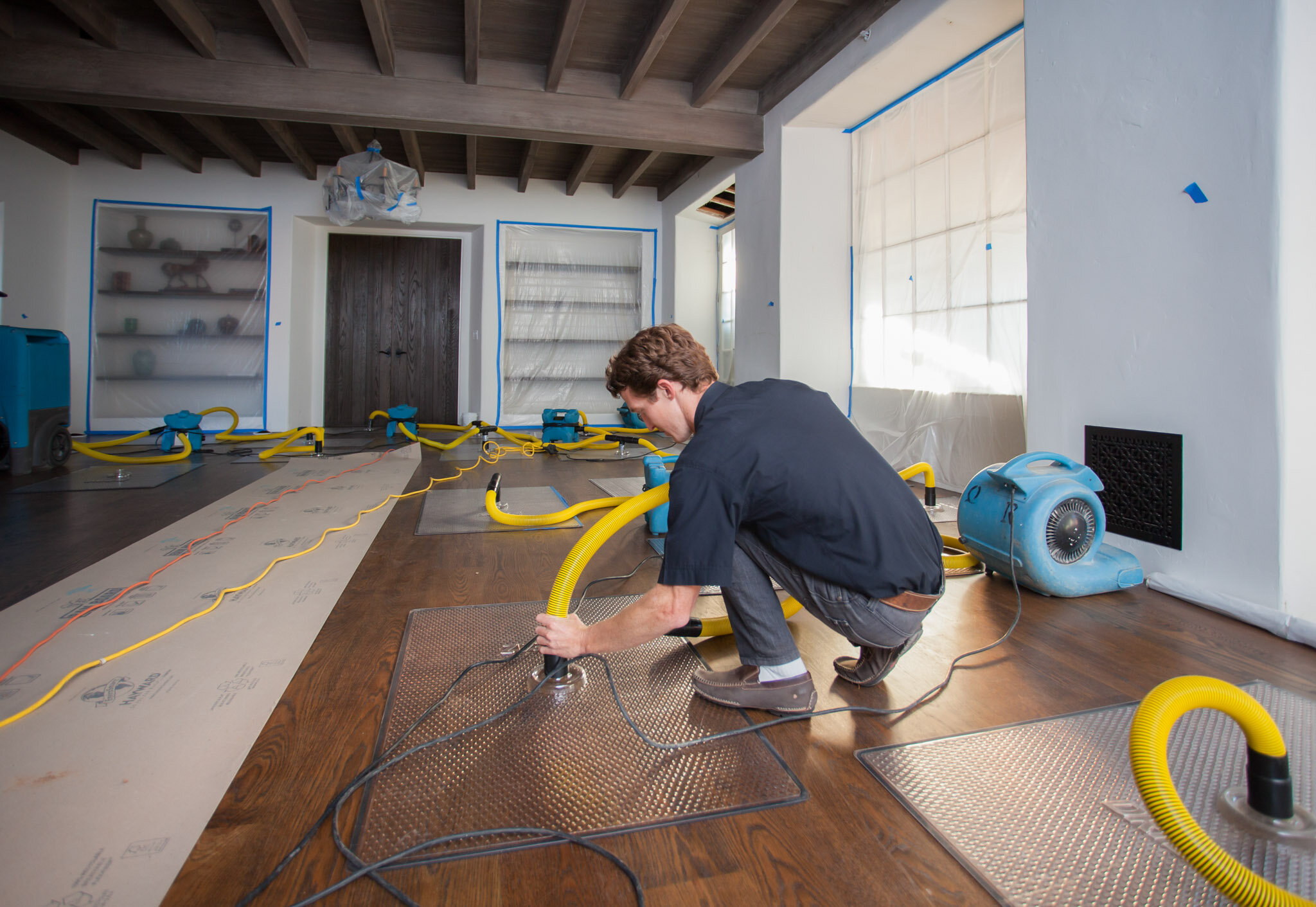Water Damage Restoration 101: Comprehending the Process and Cost
Water damage can strike all of a sudden, leaving house owners in a state of complication. Understanding the repair process is crucial for efficient healing. From examining the damage to choosing the best service copyright, each step impacts the total outcome and price. Variables such as the kind of water damage and seriousness likewise play a significant function. What are the details techniques made use of in restoration, and just how can one get ready for potential expenses?
Types of Water Damage

Preliminary Analysis and Examination

Water Removal Techniques
Adhering to the preliminary assessment, efficient water extraction strategies are utilized to minimize damage and protect against further problems. These techniques entail making use of specialized devices such as submersible pumps and industrial-grade vacuums - Emergency Water Removal. The choice of approach relies on the volume of water present and the kind of materials affected. For standing water, completely submersible pumps are typically utilized for fast elimination, while vacuums are excellent for extracting water from rugs and upholstery. Furthermore, progressed techniques like water removal floor coverings may be employed for hard-to-reach locations - Flood Cleanup Services. The objective is to remove as much water as possible, lessening the possibility for mold and mildew development and structural damage. Trigger and reliable water extraction is essential in the total water damage repair procedure
Drying and Dehumidification Process
Once the water extraction is complete, the drying out and dehumidification process becomes essential to bring back the afflicted location. This phase typically employs industrial-grade dehumidifiers and air movers to effectively reduce moisture degrees. The dehumidifiers reel in damp air, eliminating excess humidity, while air movers circulate air to increase dissipation. Surveillance tools is usually made use of to track moisture and temperature levels, ensuring perfect drying conditions. The period of this procedure can vary depending on the degree of the water damage and ecological factors. It is vital to extensively completely dry all influenced products, including walls, floor covering, and home furnishings, to avoid mold growth and architectural damage. Correct implementation of this step is vital for an effective restoration outcome.
Cleansing and Sterilizing Affected Locations
A detailed preliminary assessment and assessment of influenced areas is vital to identify contamination degrees once the drying out procedure is full. Water Damage Restoration. Effective cleansing strategies and appropriate items must then be used to get rid of debris and stains. Sanitization and sanitation techniques are important to guarantee that dangerous virus are removed, recovering the area to a secure problem.
First Evaluation and Inspection
Prior to beginning any type of remediation efforts, a thorough first assessment and assessment of the influenced areas are important for efficient cleaning and disinfecting. This process entails determining the level of water damage, establishing the source of the water intrusion, and examining the products influenced. Examiners commonly seek signs of mold and mildew growth, structural integrity concerns, and damaged items. The assessment additionally consists of checking wetness levels making use of customized equipment to ensure no surprise water pockets remain, as these can cause more issues. Documenting the findings is crucial for intending the following steps in the remediation procedure. A detailed initial assessment enables restoration professionals to design a targeted approach for effective cleansing and disinfecting, inevitably decreasing damage and health risks.
Cleansing Strategies and Products
Effective cleaning and sterilizing of water-damaged locations call for a range of methods and items customized to the details products affected. For permeable surfaces like drywall and carpets, removal techniques are necessary to get rid of excess dampness, complied with by deep cleansing with specialized cleaning agents. Non-porous materials such as ceramic tile or steel can be cleansed using commercial-grade cleansers that effectively get rid of impurities. Vapor cleaning is one more effective technique, particularly for carpets and upholstery, as it uses heats to remove bacteria and mold and mildew (Flood Cleanup Services). In addition, more info eco-friendly products are progressively preferred for their safety and efficiency - Water Extraction And Drying. Inevitably, selecting the ideal cleansing approaches and items not only assures immediate cleanliness yet additionally aids in preventing additional damage and carcinogen related to water breach
Sanitization and Disinfection Techniques
When dealing with water damage, correct sanitization and sanitation approaches are important to assure the safety and security and health of the damaged atmosphere. After initial cleansing, surfaces must be treated with appropriate disinfectants to eliminate virus, mold and mildew, and bacteria that flourish in moist conditions. Typical techniques consist of using EPA-approved chemical disinfectants, which can be applied via splashing or cleaning strategies. Furthermore, ultraviolet (UV) light systems can efficiently sterilize areas by neutralizing bacteria without extreme chemicals. The choice of method frequently depends upon the sort of products affected and the extent of contamination. Inevitably, extensive sanitization not just restores a secure home however additionally aids stop future wellness risks connected with lingering wetness and mold growth.

Repair Services and Restoration Options
Reviewing the damage created by water exposure is vital for establishing the appropriate repair work and restoration choices. Homeowners might face various issues, including damaged drywall, deformed flooring, and compromised structural elements. Depending upon the level of the damage, repairs might include changing areas of drywall, installing new floor covering, or reinforcing structural beam of lights. In situations of extreme damage, complete replacement of affected products could be required. In addition, professional conservators commonly recommend utilizing dampness meters to analyze concealed wetness levels prior to choosing on the most effective training course of activity. It is essential to act without delay to stop mold development and more wear and tear. Picking the right alternatives not just brings back the home but also ensures long-lasting security and functionality.
Aspects Influencing Restoration Expenses

The extent of water damage directly influences the restoration sets you back homeowners can expect to incur. Elements such as the resource of the water, the period of direct exposure, and the afflicted products considerably affect rates. For instance, tidy water damage from a busted pipeline is typically much less costly to recover contrasted to damage triggered by sewage. Additionally, the level of contamination determines the requirement for specialized cleansing and disposal solutions, better increasing expenses. Geographical place also plays a role, as local labor prices and availability of repair solutions can vary. Ultimately, the necessity of the action influences expenses; quicker treatments normally cause reduce general expenditures by protecting against additional damage. Understanding these aspects is crucial for home owners when estimating reconstruction prices.
The three main types of water damage are categorized based on contamination degrees: clean water, grey water, and black water. A complete preliminary analysis and examination are essential steps in the water damage repair process. For standing water, submersible pumps are normally made use of for quick elimination, while vacuum cleaners are suitable for drawing out water from carpets and furniture. The degree of water damage directly affects the remediation costs home owners can anticipate to incur. Clean water damage from a broken pipe is usually much less expensive to restore compared to damage created by sewer.